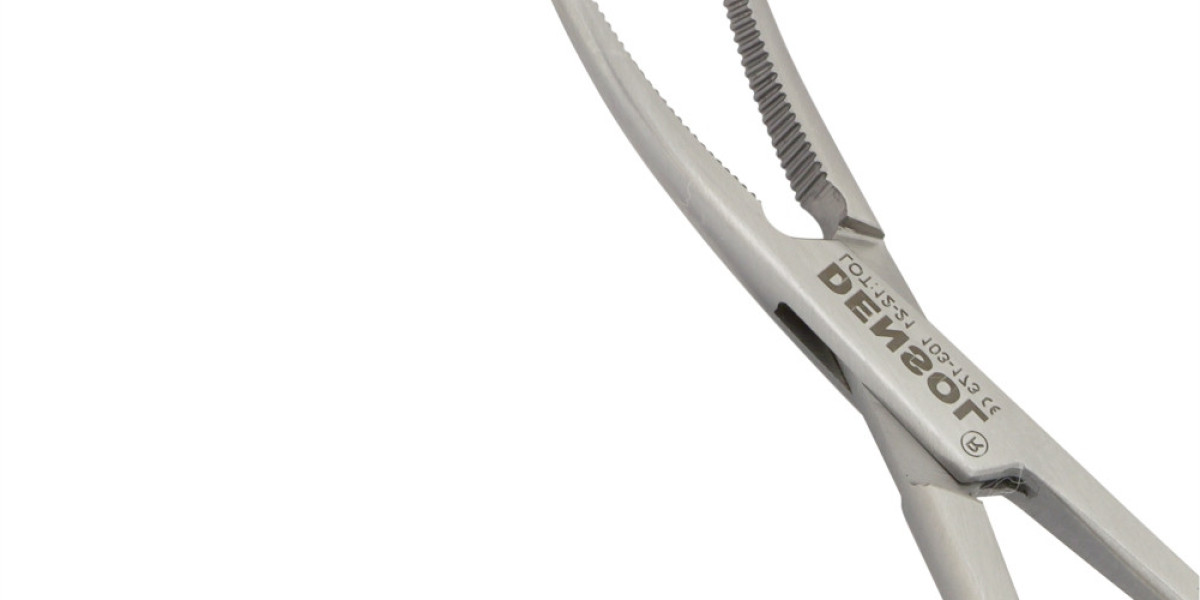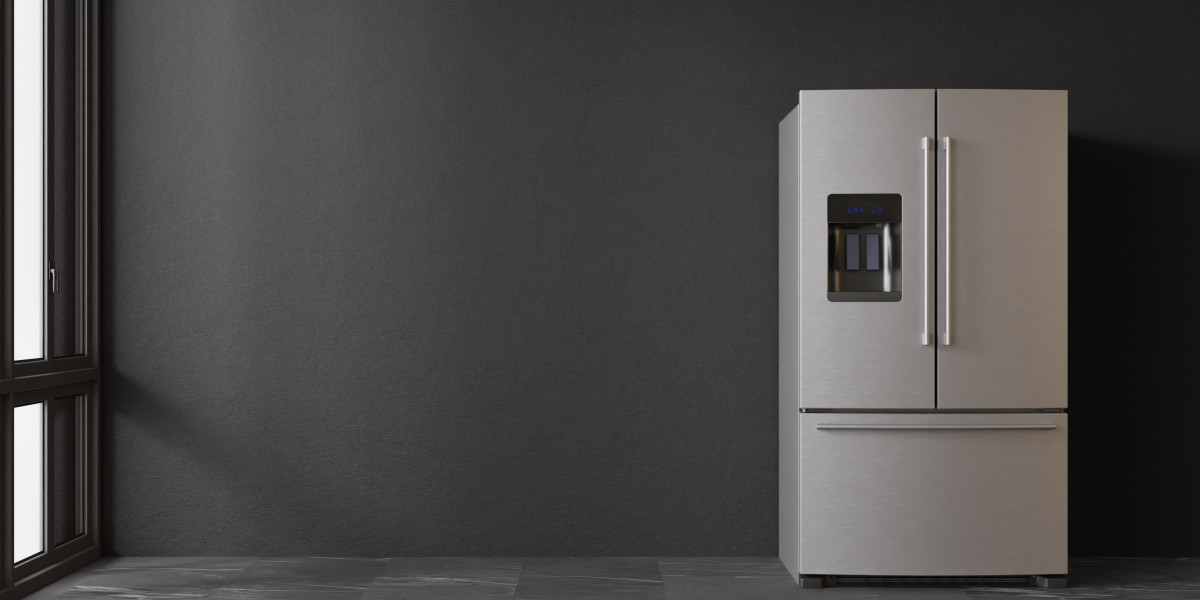A hemostat, also known as a hemostatic clamp, arterial forceps, or pean, is a vital surgical tool widely used in medical procedures to control bleeding. Its primary function is to clamp blood vessels, arteries, or tissues to temporarily obstruct blood flow, making it an essential device in both minor and major surgical operations. The design and functionality of a hemostat make it indispensable in emergency medicine, general surgery, veterinary care, and even certain non-medical applications.
Anatomy of a Hemostat
A hemostat typically features the following key components:
1. Jaws: The gripping end of the hemostat is serrated, allowing a firm hold on blood vessels or tissues without slipping.
2. Locking Mechanism: Most hemostats have a ratcheted locking system near the handles, enabling the tool to remain securely clamped during a procedure.
3. Handles: Designed for precision, the handles provide leverage for controlled operation.
4. Material: Hemostats are usually made from high-quality stainless steel, ensuring durability, sterility, and resistance to corrosion.
Types of Hemostats
Hemostats come in a variety of shapes and sizes to suit different surgical needs:
1. Curved Hemostats: Ideal for accessing deep or awkwardly positioned tissues or blood vessels.
2. Straight Hemostats: Commonly used for surface-level clamping or gripping.
3. Mosquito Hemostats: Smaller and more delicate, used for clamping tiny blood vessels in intricate procedures.
4. Kelly Hemostats: Versatile tools with partial serrations, suitable for general surgical tasks.
5. Crile Hemostats: Fully serrated jaws make these effective for securing larger blood vessels.
Uses of a Hemostat
Hemostats serve several critical functions, including:
1. Controlling Bleeding: By clamping a blood vessel, a hemostat temporarily halts bleeding, giving surgeons time to ligate or cauterize.
2. Tissue Handling: They hold tissues or organs in place during a procedure.
3. Suturing Assistance: Surgeons often use hemostats to grip and maneuver needles or sutures.
4. Foreign Object Removal: Hemostats can retrieve splinters, glass shards, or other foreign bodies embedded in tissues.
5. Veterinary Applications: Veterinarians use hemostats for similar purposes in animals, from small pets to large livestock.
Materials and Maintenance
Hemostats are crafted from medical-grade stainless steel for easy sterilization and long-term use. Proper care involves:
· Cleaning: Thoroughly rinse and clean the tool immediately after use to remove any biological material.
· Sterilization: Autoclaving ensures the hemostat is completely sterile before its next use.
· Inspection: Regularly check for signs of wear or damage to maintain functionality and safety.
Non-Medical Applications
Though primarily a medical tool, hemostats have found uses beyond the surgical field. Some examples include:
1. Hobby and Crafting: Crafters use hemostats for gripping small items, tying knots, or threading delicate materials.
2. Fishing: Anglers use hemostats to remove hooks from fish safely.
3. Household Tasks: They are useful for handling tiny objects or performing precision work, such as repairing jewelry.
Choosing the Right Hemostat
When selecting a hemostat, consider the following factors:
· Size: Choose the appropriate size for the intended application.
· Material: Ensure it is made from high-quality stainless steel.
· Locking Mechanism: A reliable ratchet lock is essential for secure clamping.
· Serration: Determine whether full or partial serration suits your needs.
Conclusion
A hemostat is a versatile and indispensable tool in medical and non-medical fields. Its ability to control bleeding, handle tissues, and assist in various delicate tasks makes it a cornerstone of surgical practice. With proper care and maintenance, a high-quality hemostat can last for years, ensuring precision and reliability in every use. Whether you’re a healthcare professional, veterinarian, or hobbyist, a hemostat is a tool you’ll find invaluable.








